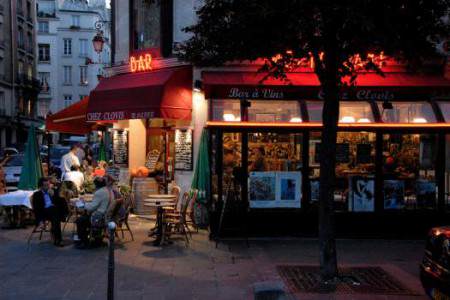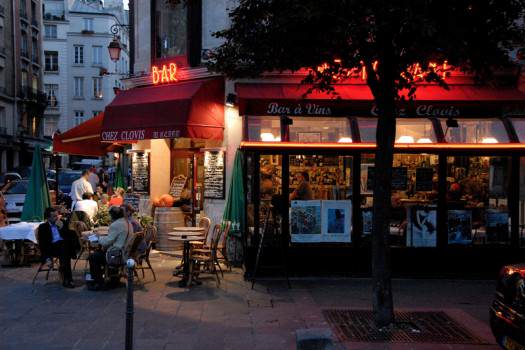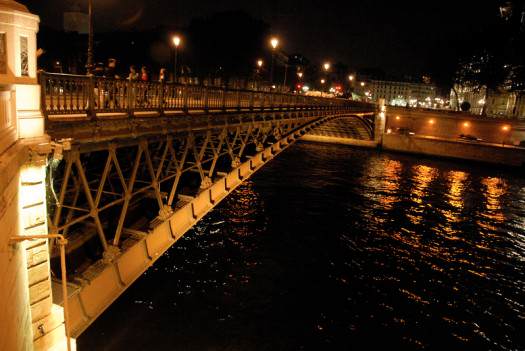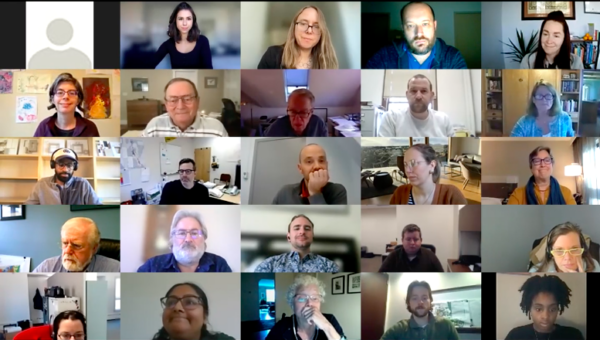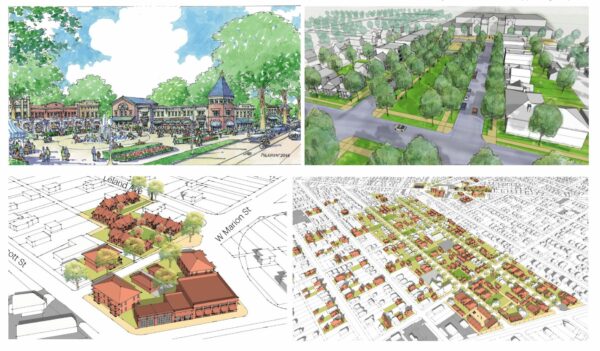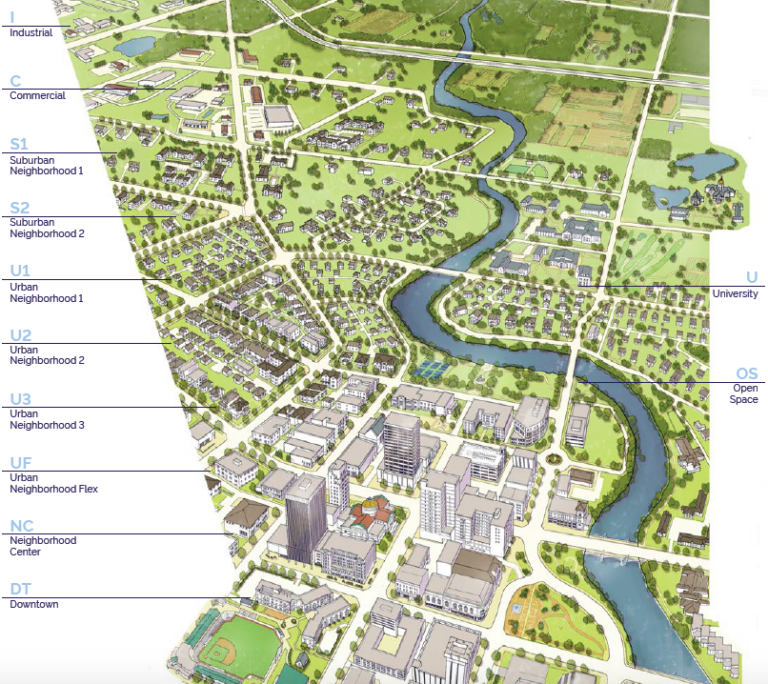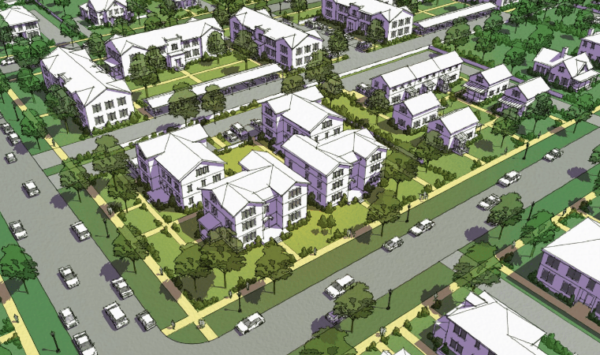Ways To Fail At Form-Based Codes: Don’t Articulate A Vision
Originally published in Better! Cities & Towns, 25 Feb 2013.
Last week, we were talking about how the form of a neighborhood either provides gathering places that build social capital and local resilience, or else makes for a lonely, disconnected, nowhere. Some towns and cities are using form-based codes to help reconnect people with each other and the places they call home.
At the end of last week’s discussion, I quickly mentioned 10 points that can create problems with form-based codes. My friend, Bruce Donnelly, commented that some of these points bear elaboration. So today, I’m doing a back of the envelope on the biggest challenge to form-based codes: failing to establish a community vision that can then be codified — that is, made into law.
Maybe you could boil down many of our dysfunctions — from local governments to individual choices — to not taking the time to establish a vision. A sort of “what I want to be when I grow up” process that leaves behind the vagaries and platitudes that generate places that fall short of being unique.
Great visions almost always center on what is special about a place. Smaller cities often focus on natural features, like mountains, waterways, or plains. Or extraordinary social amenities, like strong arts and cultural communities, or foodie havens, or quaint main streets built for antiquing and local music. Bigger cities almost always offer up creative class amenities like “Start-Up City Miami” or “Strong, Smart New York” or “Toronto the Big.” Or maybe it’s “Dare to Live Outdoors San Diego” or the great “Pub Sheds” in Decatur or Asheville.
Visions that can be codified — made into land use laws that say how neighborhoods will form — are much more nuanced than a slogan or a core competency, though. They’re broken down into vision, policy, actions, and plans, along with public-private partners who are willing to do the hard work of bringing it all to reality. The Vision Keepers, if you will.
One of the most enjoyable form-based codes I’ve ever helped lead was thanks to a great city planner, Gianni Longo, who had done the hard work of helping craft a vision for Kona, Hawai’i. When we came in to help with the form-based code, the well-articulated vision was strongly supported locally, and the codification was a delightful process.
Often policy planning, master planning, and land use law are more closely married, and that’s when it’s sometimes harder to ensure there is a “collective local vision” — although I realize that many people have issues with this phrase. While a “consensus plan” may not pander to the most extreme special interest groups, it generally seeks to find common ground.
Looking at a few vision documents that have generated great codes and plans, El Paso, Ranson, and Miami come quickly to mind. Quoting a bit from Ranson:
All of the goals in the Community Vision assume the principle of Connectivity: a fine network of thoroughfares should knit together the community. The goals also all draw upon the principle of sustainability: places must be ecologically, fiscally, and socially sustainable.
- Local character builds regional economies.
- Strong core communities make strong foundations.
- There is a place for everything, and everything has its place.
- Affordable living includes housing, transportation, energy, recreation, and shopping.
- Green infrastructure supports sustainable communities.
- Neighborhoods are the building blocks.
- Private buildings and public infrastructure work together to shape public space and to build community character.
- Working together creates bigger opportunities.
Of course, each of these items have a whole host of idea development and supporting actions, but the point is that the City has spent the time to articulate what it believes, hashed out the details to get to common grounds, then wrote it all into law with a form-based code.
And that’s what’ll get you around item one for the biggest Achilles’ Heel possible for your form-based code: failing to articulate a generally-accepted local vision.
Now, once again for a little inspiration from Steve Mouzon, documenting Paris — perhaps the most extreme example of a vision getting implemented, even if it wasn’t the “collective local vision” but rather a much heavier-handed version of top-down planning. Nonetheless, it’s one of the few cities where even the bridges are able to bring me to tears. Enjoy!

